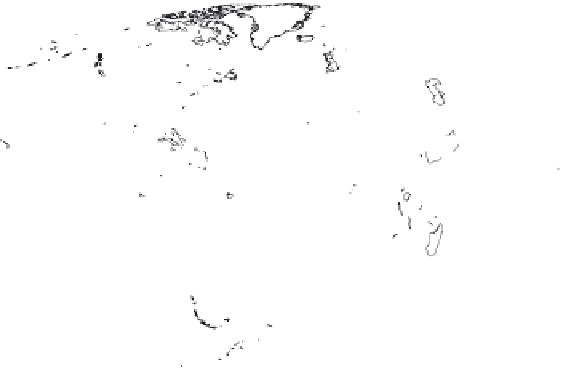Geoscience Reference
In-Depth Information
(a)
5
4
6
9
8
1
Hyper-arid
Arid
Semi-arid
2
7
3
Deserts
Gobi
Mojave
Namib
Sahara
Thar
5
6
7
8
9
Arabian
Atacama
Australian
Chihuahua
1
2
3
4
(b)
5.3
5.4
5.1
5.2
Rainfall variability
0-20%
Over 30%
Case Studies
5.1
South East Spain
South West USA
Central & SE Spain
Central USA
5.2
5.3
5.4
Fig. 5.2
(a)The global distribution of arid environments and the location of the major deserts referred to in the text. (Modified from
Goudie & Wilkinson 1978.) (b) Rainfall variability and locations of Case Studies used in this chapter. (Modified from Dregne 1983.)
with deserts describing the hyper-arid to arid
definitions of drylands. Thus, for the purpose
of this chapter arid environments will be con-
sidered to represent the more extreme drylands
(hyper-arid to arid; 4% and 15% of the Earth's
land surface respectively), which can be recog-
nized in the older landscape records, and those
drier areas at greatest risk of degradation by
human activity (semi-arid, representing 15%
of the Earth's land surface; Fig. 5.2a). A fuller
definition of the terms 'desert' and 'dryland'
is given below.
Deserts
are inhospitable, barren, poorly veget-
ated areas devoid of water. There are numerous
scientific definitions of deserts available based
on a range of physical criteria from erosion
to vegetation type (see Heathcote (1983) and
Thomas (1997a) for a summary). Deserts there-
fore cover a range of climate categories, ranging
from cold arid (Gobi Desert) to hot arid (central
Sahara), and some deserts are so large they may
cover several climate types - the Sahara includes
hot (central Sahara), mild (southern Sahara), and
cool (northern Sahara) climates. Most people

































































































































































































































































































































































































































































































